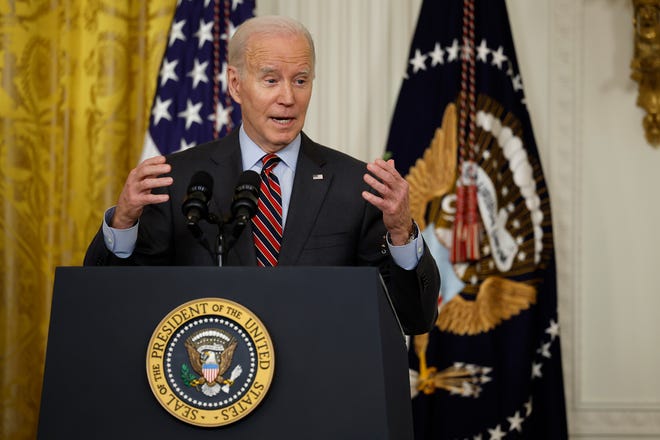
Hiring slowed sharply in October as employers added 150,000 jobs, signaling that high interest rates and inflation may be taking a widening toll on payroll growth.
The auto workers strike also dampened employment gains last month as manufacturing lost 35,000 jobs.
The unemployment rate rose from 3.8% to 3.9%, the Labor Department said Friday, the highest level since January 2022.
Economists surveyed by Bloomberg had estimated that 180,000 jobs were added last month.
Another possible sign of a weakening labor market: Job gains for August and September were revised down by a combined 101,000, depicting a less robust picture of hiring in late summer than previously thought.
Are US wages increasing?
Average hourly earnings rose 7 cents to $34, nudging down the yearly increase to 4.1% from 4.2%. That should be welcomed by a Federal Reserve seeking to tamp down pay increases that are feeding into inflation. Fed officials would like to see wage growth ease to 3.5% to align with their 2% overall inflation goal. Wage growth topped 5% last year amid severe COVID-related labor shortages.
How is the Dow reacting?
Investors cheered the report on the hope that milder pay increases and a cooling job market would allow the Fed to continue to hold its key interest rate steady after hiking it aggressively from March 2022 to July 2023.
The Dow Jones industrial average rose 222.24 points, or 0.7%, to end at 34,061 on Friday while the S&P 500 index jumped 0.9% to finish at 4,358.
“The overall…



























































